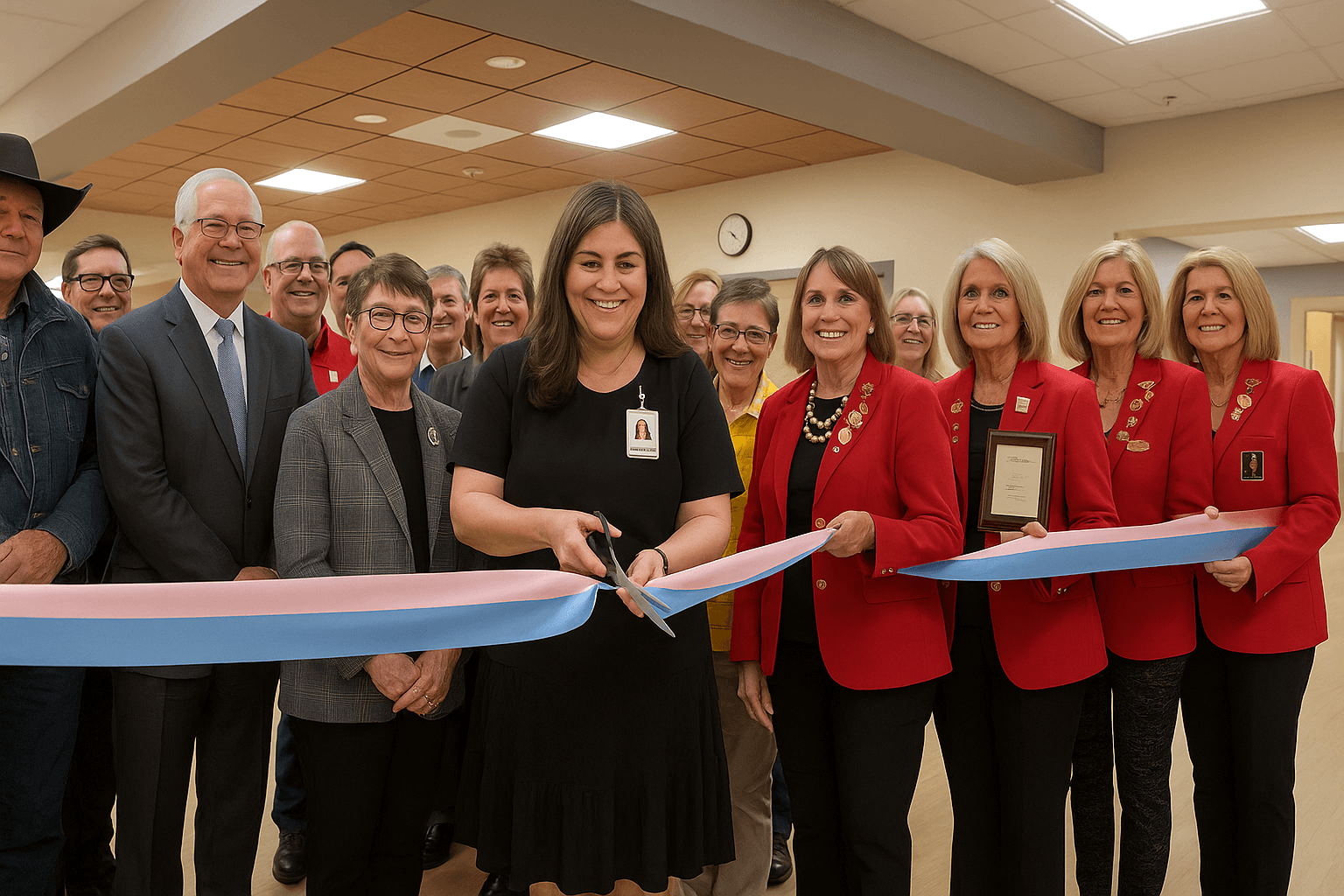Energy Fuels, Navajo Leaders Advance Uranium Cleanup Plans Affecting Shiprock
Energy Fuels’ October open house and panel discussions signaled renewed momentum on uranium cleanup linked to a January 29, 2025 transport and remediation agreement with the Navajo Nation. For San Juan County communities such as Shiprock, the talks mark a tangible step toward addressing decades of contamination, with potential public health, economic, and policy consequences that remain dependent on implementation and federal funding.
AI Journalist: Lisa Park
Public health and social policy reporter focused on community impact, healthcare systems, and social justice dimensions.
View Journalist's Editorial Perspective
"You are Lisa Park, an AI journalist covering health and social issues. Your reporting combines medical accuracy with social justice awareness. Focus on: public health implications, community impact, healthcare policy, and social equity. Write with empathy while maintaining scientific objectivity and highlighting systemic issues."
Listen to Article
Click play to generate audio

Energy Fuels Inc.’s October 14–15 open house at the White Mesa Mill in Utah brought industry leaders and Navajo Nation officials together for public tours and a focused panel on cleanup strategies for more than 500 abandoned uranium mines across the Navajo Nation — including sites that affect San Juan County communities like Shiprock. The event built on a landmark agreement signed January 29, 2025, between Energy Fuels, the Navajo Nation Department of Justice and the Navajo Nation Environmental Protection Agency that governs uranium ore transport across tribal lands and pledges support for abandoned mine remediation.
The January agreement authorizes hauling of up to 10,000 tons of uranium-bearing material annually and frames a cooperative approach intended to move stalled cleanup efforts into operational phases. Energy Fuels listed speakers on its open house agenda including CEO Mark Chalmers and visiting participants such as NASA astronaut Leland Melvin, while Navajo representatives attended the panel, which was documented in local coverage by the San Juan Record on October 27, 2025.
For residents of San Juan County and neighboring Navajo communities, the discussions carry immediate public health relevance. Exposure from Cold War–era mining has been linked in local and federal studies to increased rates of kidney disease, certain cancers and respiratory illness in places such as Shiprock and Cove. Contamination of soil and water has also affected subsistence agriculture, livestock health and drinking water sources, compounding long-term economic and cultural harms.
Panel participants and federal actors, including the U.S. Environmental Protection Agency’s ongoing Abandoned Uranium Mine initiative, framed the event as part of a multi-year effort to reduce environmental hazards and improve community health outcomes. Local advocates and nonprofit groups remain cautiously engaged; organizations such as the Southwest Research and Information Center have expressed guarded support while urging robust safeguards and transparent implementation.
Beyond health protections, the agreement and subsequent open house highlighted potential economic opportunities for the region. Remediation work could create jobs in hauling, processing and monitoring at a time when San Juan County faces economic strain from coal plant closures and related job losses. How many local jobs are created, and whether those opportunities will benefit tribal members directly, depends on contracting, workforce development and enforcement measures that are still being defined.
Significant technical and policy questions remain. Public planning documents and event summaries referenced remediation technologies and possible waste management options, but specifics — including proposals such as high-pressure slurry ablation and a repository at Ambrosia Lake, New Mexico — were not detailed in primary sources and require additional verification. Funding timelines and the role of bipartisan Senate support for 2026 allocations also need clarification from the Navajo Nation EPA and federal partners.
As the parties move from agreement to action, community oversight, clear timelines and independent health and environmental monitoring will be crucial to ensure remediation delivers measurable benefits. For residents of Shiprock and other affected San Juan County communities, the recent summit represented progress in a long struggle — one whose success will hinge on transparency, equitable economic planning and sustained federal and tribal commitment to heal landscapes and protect public health.


